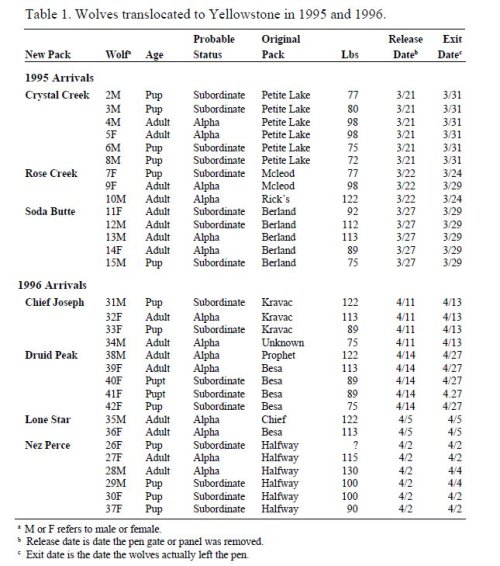westbranch
Well-known member
The introduced wolves here in Montana are non native and have wiped out 3/4 of the Elk and Moose population. They also wiped out the few remaining native wolves.
My Dentist had a painting of a wolf in his office and I told him that his wolf pic was upside down. He looked at me funny and I said yes, a proper wolf has his four legs pointing straight up to the sky.
One of those Canadian Super Wolves stole my tundra's catalytic converter up the North Fork of the Clearwater.








